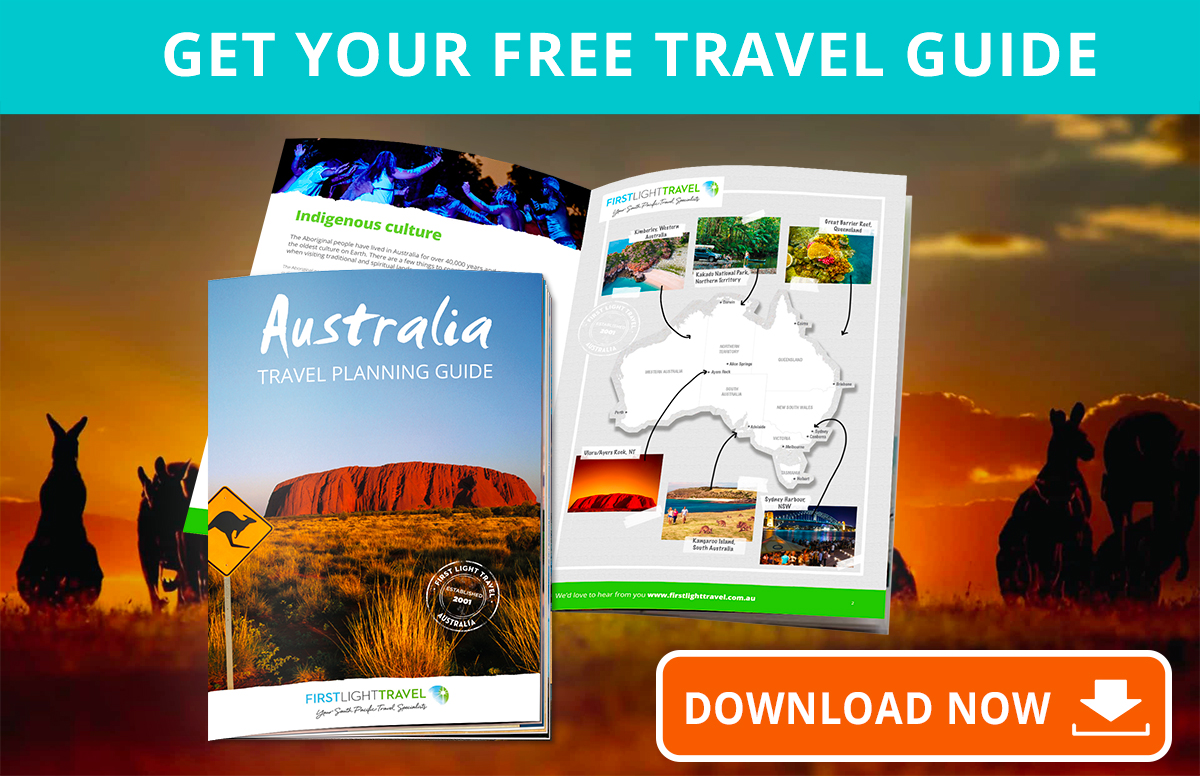Comfort is Safety!
Driving comfort is extremely important to remain safe while on the road. When you consider the type of vehicle to hire, ask yourself whether you would feel comfortable when driving, does it have the necessary space and features for your specific journey - especially if it is a long one.
Driving in Australia: your guide to road rules, Outback driving tips & much more
Driving long distances can be tiring and when you’re tired it can be dangerous, especially if you’re not used to driving on the left. There are "interstate" highways (called motorways here), and most Australian highways outside of state capitals are sealed, undivided, two-lane asphalt roads. Roads in remote areas of the country have one lane each way. This is a mainly a flat country but in some areas roads, even major ones are winding and sometimes steep – taking these factors into consideration when planning your holiday, calculate an average speed of only 85 km (52 miles) an hour. If traveling a short distance, then you won’t need a vehicle that has tons of features. However, if you’re traveling for many hours we recommend renting a vehicle with conveniences/comforts like extra legroom, air conditioning and extra safety features like electronic stability control and extra airbags.
Plan your itinerary safely with our Australian Travel Time and Distance Calculator
If you’re simply looking to save money on vehicle hire and petrol, you’ll probably want to hire the smallest available model. This is fine those shorter trips, but size has definite safety implications when we talk about spending long hours driving. When in a crash with another car of differing size, it’s often whoever is the biggest is the safest. This is unfortunate but true, and statistically speaking most accidents are head-on in Australia.
Features to Consider
| Safety | Comfort |
| Anti-lock Brakes | Sound System |
| Rear View Camera | Bluetooth |
| GPS Navigation | Sun/Moon Roof |
| Side Airbags | Seat Heaters |
| Cruise Control | Full Air Conditioning |
| Rear-view Camera | Power Outlet / USB |
| Electronic Stability | Rear Entry Trunk / Boot |
Family Touring
If you’re touring with your family (children) or with a lot of luggage, you probably want to look at a larger sedan or SUV (sport utility vehicle). Look for plentiful bottle & cup holders, and flexible back seats to help kids relax when tired. If small children or young adults are easily bored, consider a car with a Wi-Fi hotspot for social media and movie streaming, and an audio system for enjoying the perfect road trip playlist.
Does it have a child lock and is it flexible for all the kinds of car seats?
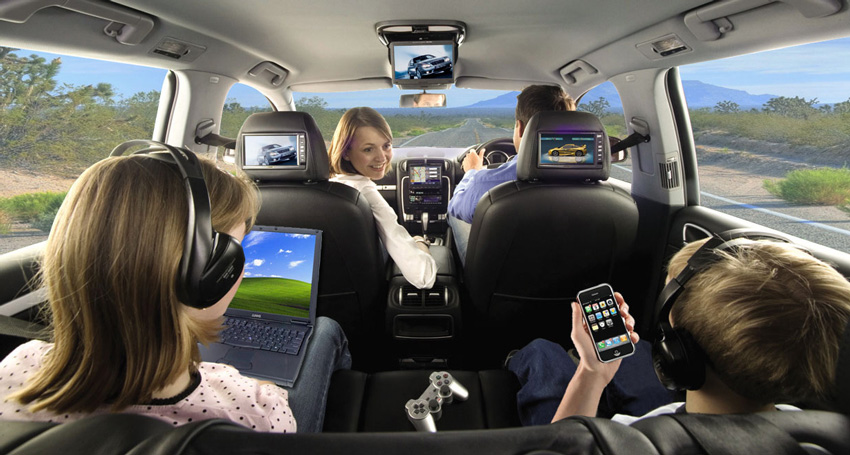
Size Matters
Enough trunk/boot space is a must: It is important a vehicle accommodates all essential luggage and also provides ample space to fit the luggage evenly and makes it easily accessible. SUV’s score highly as the trunk/boot is reachable from inside the vehicle, which helps to avoid too many stops while driving.
Learn how to pack for your trip to Australia
Internal space management and features: When spending long hours driving, a car with comfortable and smart interiors acts as a perfect companion. Enough drinks holders, flexible back seats, a good music system, comfortable seats and minimal cabin noise are some of the essentials.
Cars are smaller in Australia than in the USA, so be warned: the trunks are smaller too! For example, a large Australian saloon may comfortably seat 4 adults, but will not fit 4 large suitcases plus small bags into its trunk.
Vehicle Efficiency
Low Emission, Hybrid Cars & Electric Cars: The smaller the car, the more fuel-efficient used to be the general rule. However, there is now a whole range of cars in Australia with high fuel-efficiency while being easy on your wallet. We are now able to offer clean, low-emissions vehicles as part of our Self Drive Rental Car Fleet. All of the vehicles in this class offer significant fuel economy and lower emissions. This includes electric cars and hybrid cars. These vehicles are available at select locations with more coming online every month. The fleet includes compact cars, sedans, and SUVs.
Fuel efficiency: Smaller cars with smaller engines are more fuel-efficient, however, some of the larger 4WD vehicles and people movers have efficient diesel engines. Diesel is significantly cheaper than petrol in Australia.
Tempted to try a campervan vacation? Read our campervan guide for international travellers.
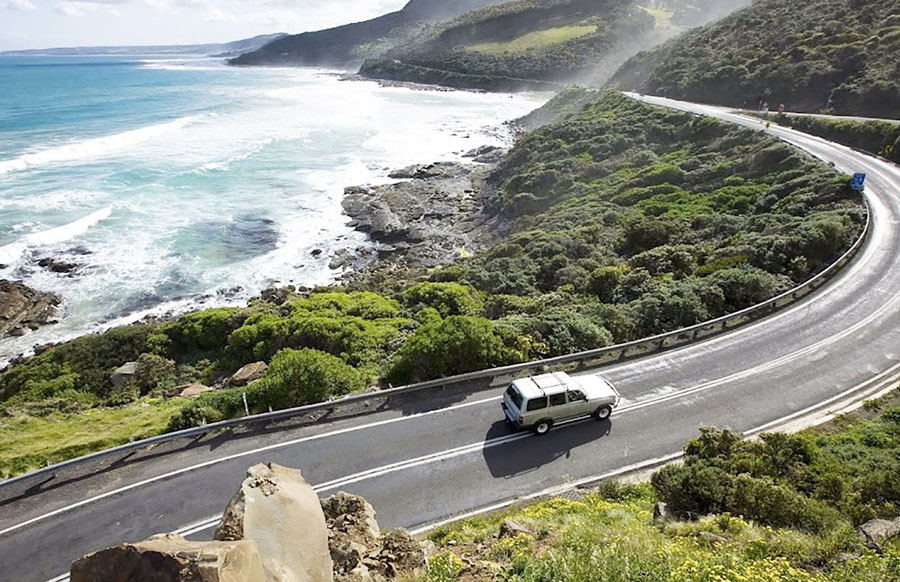
Automatic or Manual
The majority of Australian rental cars are automatic. Some categories like compact or intermediate cars do offer a manual option, however, this option is more expensive. Most car hire companies are phasing out manual cars.
Global Positioning System
A Global Positioning System (GPS) is a great addition to your Australian travel experience. The major plus of a GPS is that it eliminates a big source of travel stress – getting lost and driving distractions when trying to navigate by road atlas or map.
Although many Smartphones now feature built-in GPS, the smaller screen, lower volume and patchy internet coverage in remote locations can be a disadvantage. Stand-alone GPS has more consistent performance, and won’t be affected by receiving a phone call. For peace of mind, and to reduce disagreements over directions and maps, a GPS saves you time and eases your journey. More and more, the GPS is a must-have for your Aussie adventure.
Some late-model vehicles do have GPS built in. If not, First Light Travel will have one ready and waiting when you arrive.
Child Protection and Safety
Under Australian law, all children under 7 years of age must use an approved child seat/restraint appropriate for their age and size. It is the driver's (your) responsibility to ensure that any child that is travelling in the vehicle/car is correctly using an appropriate child restraint.
Here are the minimum legal requirements for using child restraints and booster seats in Australia:
- Children under six months must use a rear-facing child restraint with an inbuilt harness. They must not sit in the front row if the vehicle has two or more rows of seats.
- Children aged six months to under four years must use a rear-facing or forward-facing child restraint with an inbuilt harness. They must not sit in the front row if the vehicle has two or more rows of seats.
- Children aged four years up to seven years must use a forward-facing approved child restraint with an inbuilt harness, or an approved booster seat with a properly fastened and adjusted seatbelt or child safety harness. They can sit in the front row only if all other rear seats are occupied by children under seven years, in vehicles with two or more rows of seats.
- Children aged seven years and older must use a properly adjusted and fastened child restraint or adult seatbelt, depending on their size.
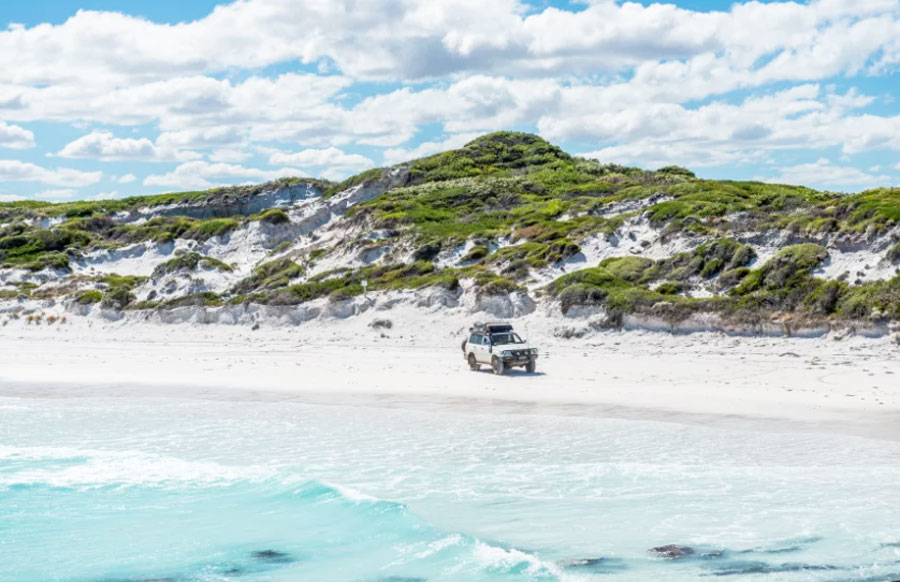
The Fine Print
Insurance: All rental cars come with some insurance cover. There is a maximum excess or deduction which you are liable to pay in the event of an accident and these range between AU $340 and above, depending on the rental car company and the type of vehicle (value). These are clearly shown on your itinerary and quote from us.
All you need to know about Australian Rental Car Insurance
Reducing your damage excess: Reducing your damage excess or deductible for rental cars is like paying insurance on anything in life – it’s about recognising the risk and protecting yourself accordingly. There are a number of damage excess options covering loss or damage to your hire car available.
Insurance exclusions: Insurance cover does have some exclusions. Damage to tires and windscreens are not covered and all of these details are also specified.
Bond: In order to rent any vehicle in Australian a security bond is required to cover the excess or deductible. It will be requested by the rental company on collection of the vehicle. This is usually in the form of a credit card authorization.
Who can drive: There are few restrictions on who can drive the rental car. There’s a minimum age of 21 years to rent a vehicle. Some companies apply a surcharge for those 21 to 24 years. Provided you have a licence, there is no maximum age for rental.
Emergency Assistance: A 24-Hour Emergency Roadside Assistance comes with all of our vehicles. This means you can drive with peace of mind. Whenever and wherever you get into trouble with your vehicle, Roadside Assistance will get you back on the road as quickly as possible. This is free of charge when the fault is technical/mechanical failure, but not if the driver is at fault e.g. you have a flat battery because you left the lights on or you put in the incorrect fuel (diesel into a petrol tank). Premium Roadside Assistance for nontechnical/mechanical assistance can be purchased at the time of rental.
Find out what to do if you have an accident in Australia
Traffic Violations: The renter is solely responsible for any traffic violations or parking tickets incurred during the rental period.
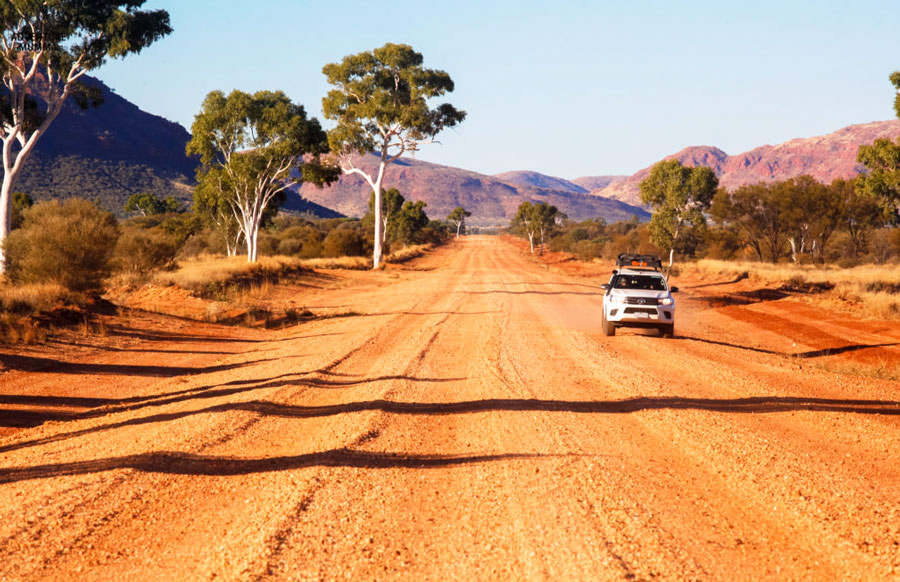
In Summary
Yes, it’s a beautiful country and a road trip is a great way to experience our country but driving in Australia is NOTHING like driving in the US (for example). There are some obvious differences, like the steering wheel is on the right and the blinker (indicator) and windshield wipers reversed – so your choice of car is essential, especially if you are going to spend a lot of time behind the wheel.
More articles to help you plan your trip to Australia
Getting to Australia
What is the Best Time to Visit Australia
How Long Should I Visit Australia For
Australian Passport and Visa Requirements
Smooth as possible on arrival to Australia
Travel Insurance for Australia
Driving in Australia
Safety in Australia's Great Outdoors
What to Pack for an Australian Holiday
Australian Accommodation Guide
Australia's Need to Know Facts
What do things cost in Australia
Since 2001 we’ve been helping visitors plan their dream Australian holiday. We aim to make visiting our beautiful land effortless. Let our expert holiday planners put together an itinerary for you, no obligation FREE of charge, or get some friendly advice on what small group tour would suit - Just follow the link and answer a few brief questions



